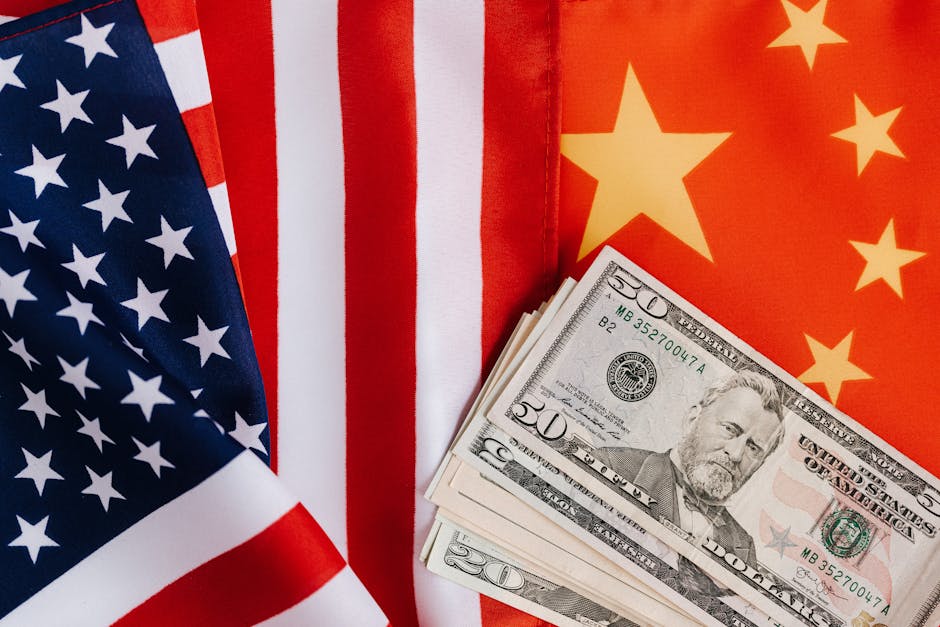Introduction
The United States and China have agreed to a 90-day ceasefire in their ongoing trade dispute, with both sides set to reduce tariffs and negotiate their differences over export controls and other issues. This development comes after a series of escalating tariffs imposed by US President Donald Trump on China, which had reached as high as 145%.
Background
The trade tensions between the US and China began in 2022, when the US imposed 20% tariffs on Chinese goods. China retaliated with tariffs of its own, and the two countries have been engaged in a cycle of escalating tariffs ever since. In May, Trump and Chinese President Xi Jinping agreed to a 90-day ceasefire, during which time the US would reduce tariffs on China.
Tariff Reductions and Negotiations
According to sources, the US and China have agreed to reduce tariffs on each other's goods. The US has lowered its tariffs on China to around 55%, and China has agreed to increase its purchases of US goods. The two countries are also set to negotiate their differences over export controls, including the US restrictions on the export of advanced AI chips to China.
Concerns Over AI Chip Exports
The US has been concerned about the potential for China to use advanced AI chips for military and surveillance purposes. In 2022, the US prohibited the export of these chips to China, and Trump expanded these restrictions just four months ago. However, Trump has now confirmed that the US will allow the export of these chips to China as part of the trade agreement.
Implications for American Interests
The decision to allow the export of AI chips to China has raised concerns among some experts, who argue that it could imperil American interests. > "Eager for a pact, Trump may give up more than he receives," said a source familiar with the negotiations.
Global Reactions
The US-China trade agreement has been met with mixed reactions from around the world. Brazilian President Luiz Inácio Lula da Silva, who has faced steep US tariffs, has signaled a possible pivot towards China. > "Count on the Brazilian government. Whoever wants to leave, leave. Whoever wants to come, we welcome you with open arms," Lula said at the inauguration of a Chinese automaker's factory in São Paulo.
Conclusion
The US-China trade agreement is a significant development in the ongoing trade tensions between the two countries. While the agreement has been met with some criticism, it is seen as a positive step towards reducing tensions and promoting global trade.
Future Developments
The US and China are set to continue negotiations on their trade differences, including export controls and tariffs. The outcome of these negotiations will have significant implications for the global economy and for the future of US-China relations.
